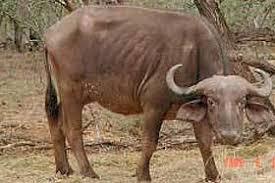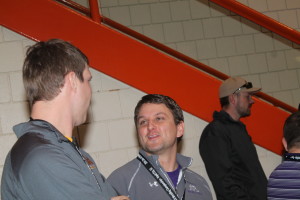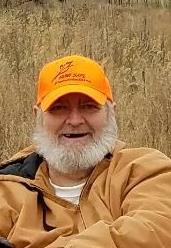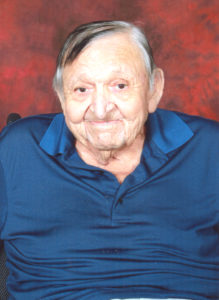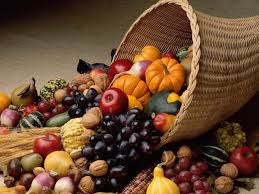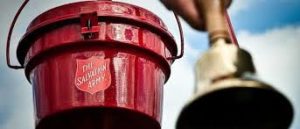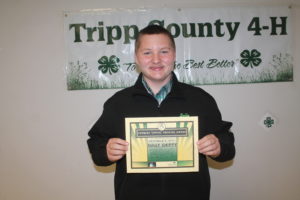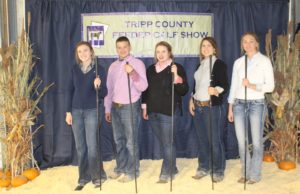
The Tripp County feeder calf show was held Nov. 18 at the Tripp County fairgrounds in Winner.
This show is in its fourth year and was started when the Western Junior Livestock Show in Rapid City was cancelled due to the Atlas blizzard. This show is sanctioned by the South Dakota Junior Point Show Association.
The South Dakota Junior Point Show was organized to recognize youth who participate in showing beef, sheep, swine and goats throughout the state of South Dakota. Exhibitors range in age from 8 to 21 and accumulate points at different sanctioned shows across South Dakota. Year end awards are given out to the top exhibitors during the South Dakota State Fair.
At the 2017 Tripp County show there were just under 100 head of cattle and 56 exhibitors. The exhibitors include 13 from Tripp County area with others from Nebraska, Minnesota and South Dakota. Several exhibitors traveled over 250 miles one way to attend this show.
Jake Scott from Gordon, Neb., was the judge for this year’s show. He works in market and customer relations for Krebs Ranch. He is graduate of Oklahoma State University where he judged livestock and majored in animal science.
The SDJPS mandates that the show must include classes for specific breeds and these include: steer breeds: Angus. Charolais, Chi, Hereford, Maine-Anjou, Red Angus, Simmental, shorthorm, shorthorn plus, Limousin, Gelbveih and crossbred.
Heifer breeds: Angus, Charlois, Char composite, Chi, Gelbvieh, Hereford, Limousin, Maine-Anjou, MaineTainer, miniature breeds, red Angus, Simmental, foundation Simmental, shorthorn, shorthorn plus and commercial.

